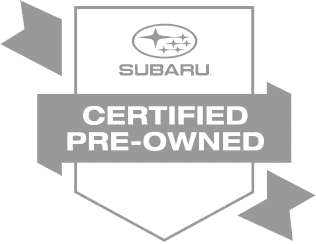For many people, each winter is a matter of readjustment to the rules of driving in snow and in the cold. Since it's something that most of us have to reacquaint ourselves with, here are some of the more important tips for safe driving in cold and snow.

Getting out onto the roads in the winter months starts with being sure that your car is prepared for the elements. That means a thorough maintenance check-up for the vehicle's tires and tire pressure, battery, belts and hoses, radiator, oil, lights, brakes, exhaust system, heater/defroster, wipers and ignition system. Remember to clean and defrost your windows before going even a short distance.
Slow and steady is the name of the game in winter driving, so be sure to start out slowly and test your steering and braking ability. Start slowing down at least three times sooner than you normally would when turning or stopping. Taking corners requires extra caution, so slow down as you approach and gently apply the gas as you make the turn to maintain traction.
Hills are a challenge for most drivers unless you have a four-wheel drive Subaru or similar vehicle. You will need to get a little momentum going before you reach the base of the hill, but remember to keep it below the speed limit. Once you begin don't stop, and keep even pressure on the gas as you monitor for any tire slipping.
Whether you are going up a hill or just moving forward on a flat plane, anytime that you feel the car losing traction, ease off the gas until the car feels like it's back under your full control rather than hitting the brakes. When stopping, avoid sudden movements of the steering wheel and pump the brake gently.

Avoid locking of brakes on glazed ice as it will cause a loss of steering and control. If you have anti-lock brakes, don't pump them; the correct way to avoid a spin is to stomp and steer. Take extra caution and slow down when approaching shady areas or on bridges as they are prone to black ice.
Maintain a safe interval between you and the car ahead of you according to the conditions of the pavement. You'll need to look further ahead than during dry conditions so that you can keep a greater distance between yourself and cars ahead as well as making lane changes sooner than normal. Take it slow and only change lanes when it's necessary. Always leave room for maintenance vehicles and plows.
Don't use your cruise control in wintry conditions. Even roads that appear clear can have sudden slippery spots where even the short touch of your brakes to deactivate the cruise control feature can cause you to lose control of your vehicle.
With many four-wheel drive vehicles, the manufacturers reengineer their front wheel drive designs by adding a four-wheel drive package, which can make them a little tricky on snow and ice. Subaru four-wheel drive vehicles utilize a fully ground-up engineered symmetrical all-wheel drive that is designed to work in conjunction with the engine, drive train and transmission. This can be a little more responsive in winter driving conditions. Regardless of whether you have four-wheel or just front wheel drive, use extra caution in stopping and accelerating to keep from losing traction.
Last but not least, be sure to have an emergency kit with you that include the following:
- Flashlight with batteries
- Battery operated radio
- Jumper cables
- Cell phone and charger
- Snow shovel
- First aid kit
- Extra warm clothing and blankets
- Bottled water and non-perishable food
- Any medications, baby supplies, or pet supplies you would need if stranded
By preparing for driving in the cold and winter, you can keep everyone safe and get safely to your destination whether it's across the state or around the corner.





